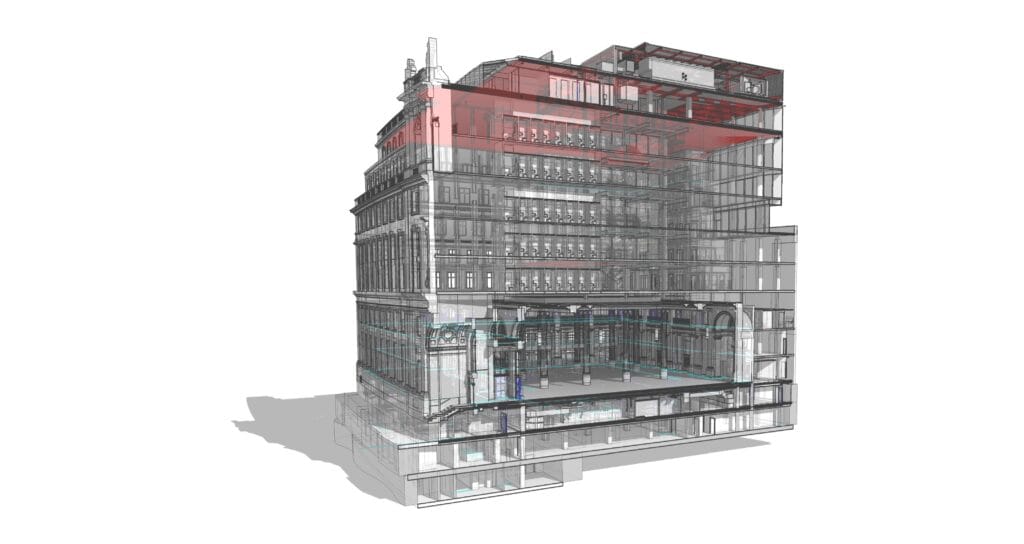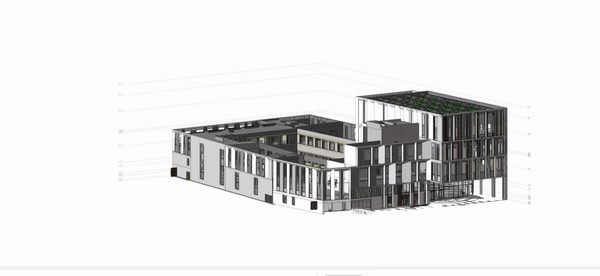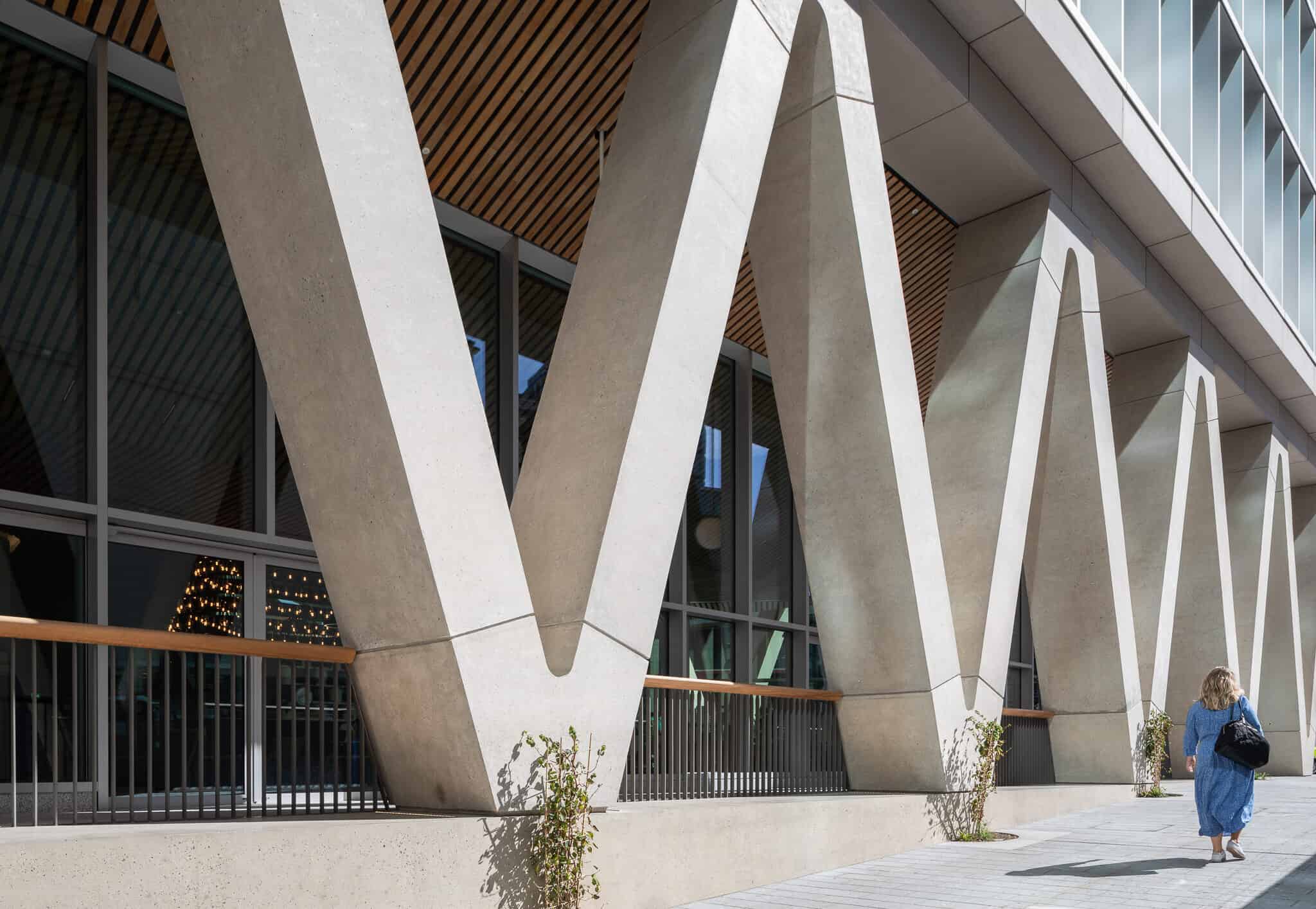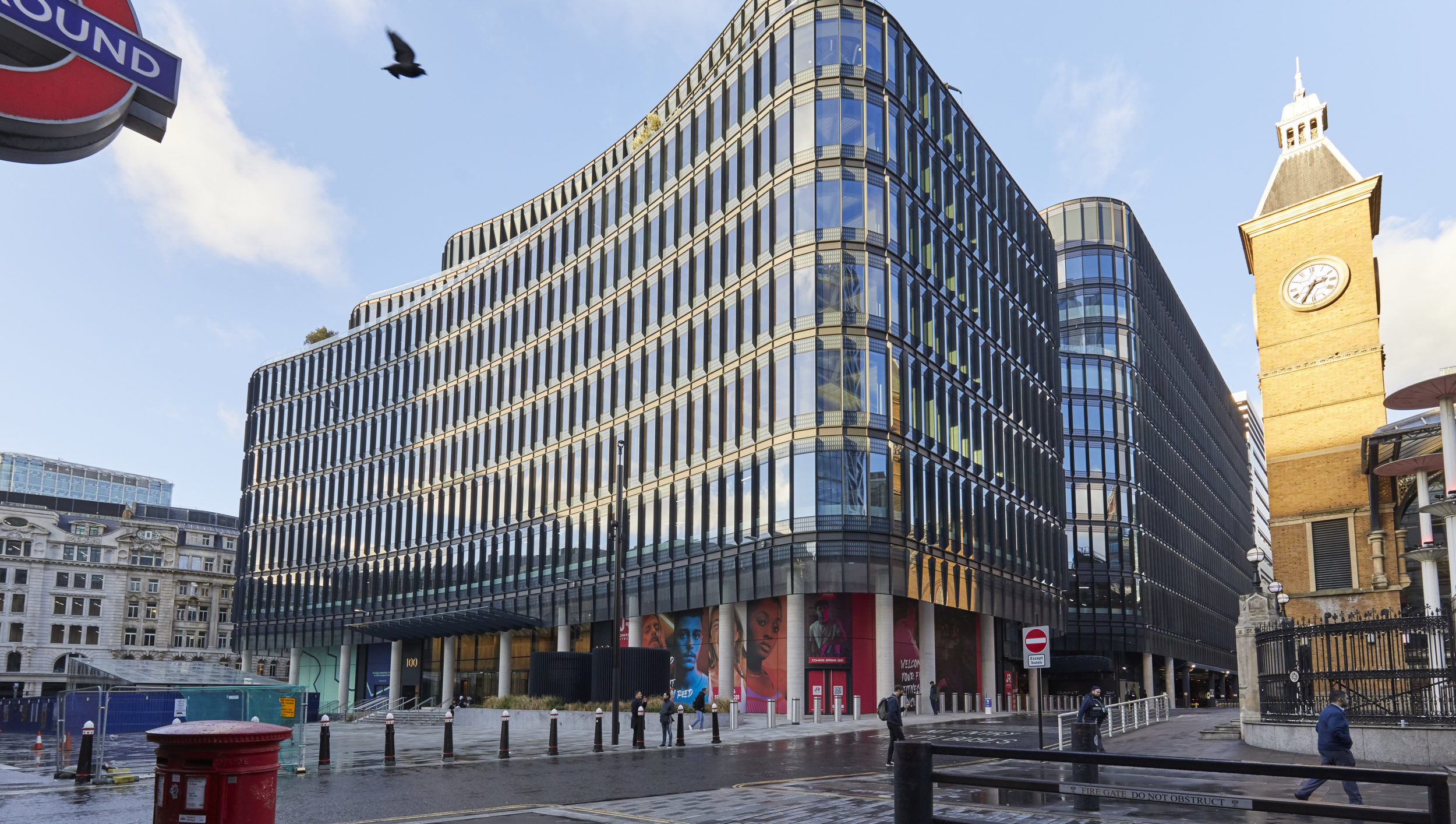BIM Focus With Our Associate-BIM Lead, James Goldsby
Veretec Associate and BIM Lead, James Goldsby, highlights the growing urgency for the industry to embrace advanced Digital and BIM initiatives to help grapple with the major challenges in the built environment.
BIM and digital technology has become increasingly relevant over the past few years, and like all fast-evolving technologies, offers the potential to transform our industry. Whilst many organisations are still struggling to get their full workforce up to speed, we will ultimately only realise the full exponential value and start to address the most impactful issues the industry is facing when the majority become much more serious about digital technology integration.
Current Information management systems and collaborative modelling software has enabled advances in design team collaboration. With the help of data analysis tools, the use of AI, more advanced operations and management systems tracking live data, etc, we can build on what’s already been well established to address a much broader spectrum of issues.
In an industry beset with decreasing growth (on average), labour shortages, rising material costs, frequent legal disputes, and global factors such as extreme weather conditions and geopolitical instability, the need to simply have the right person in the right place and time with the right information to do the job has never been more important. Fortunately, digital technology is able to provide the solutions to many of these issues.
By starting to use digital technology in a more layered and creative way from design and construction through to occupation, we can bring about a greater level of awareness and control, influencing decision making and improving design, development, and operational efficiency.
By focusing on the most significant data requirements and integrating the most relevant sensory and analysis hardware, it is possible to convert that data into highly significant and valuable information. Within the whole life span of a building, it will typically experience diverse issues, affecting different parties, including safety, energy use, product lifespan and maintenance. All of these could be managed through integrated technologies, equating to safer and more foreseeable consequences.
The RAAC crisis in schools and the Grenfell disaster may well have both been averted if today’s integrated technology had been available and with it, the industry-wide accessibility to higher quality, and assured information.
Time and resource pressures are the twin obstacles to the rapid integration of Digital Technology and BIM. Many companies and practices are opting to assign BIM & Digital specialist to work across several projects at a time, possibly contributing to the skills shortage. At Veretec we are working towards a greater distribution of practice-wide knowledge, addressing the skills gap and better enabling our whole workforce.
A fully integrated approach to BIM and digital technology is the only way we can start to optimise the potential benefits for clients and the wider society. Veretec is making every effort to implement and integrate new technologies to ensure that we are playing our part towards that collective objective.







